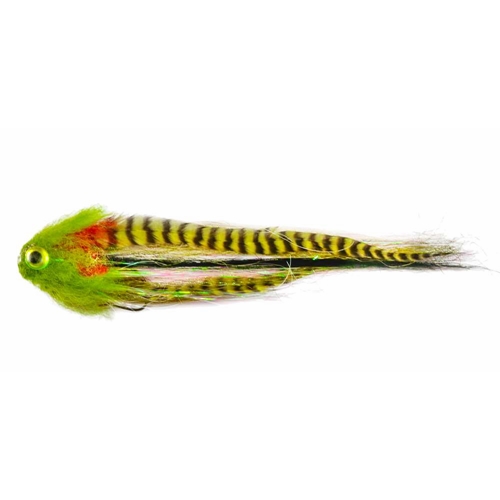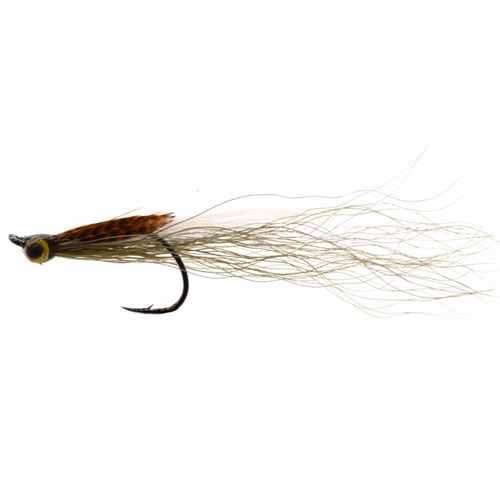Isaac Walton and his contemporaries preferred to cast downstream when they fly fishing, but in reality they would have had to cast downwind, so they would cast upstream if necessary. At the time of the English Civil War, which was the 17th century, a day's fishing on a winding river might involve several changes of direction of cast. The first cast was downstream, then up, as the angle of incidence of the wind on the river changed. A good fisherman would try to cast with the sun at his back, "whipping" the line repeatedly, so that the flies had little time to sink, and very little of the line was drowned. A windy day was a good day, since it offered the angler’s best chance of concealment, a principle that would hold for another two hundred years.
Walton, a late convert to fly fishing, listed the twelve flies from his Treatyse, but Cotton, writing in the fifth edition of the Complete Angler, gives us no less than sixty five trout flies. Cotton’s input was the genesis of of a huge diversification of patterns. In Cotton's day, there were already marked regional variations in fly patterns.
While have little information about early salmon flies, if we interpret what we read, a 17th century salmon fly might have had a dull body, and be made of bear's hair. These flies were maybed wrapped in coloured silk, and hackled with cock, pheasant, partridge, or the bright feathers of macaw, flamingo or parakeet.Quite likely the fly might have been left as a palmered pattern, or dressed one to three three pairs of wings taken from teal, heron, mallard or falcon. The patterns would have ranged in size from large trout fly upwards.
Next time we will take a look at fly fishing a century further on.



















